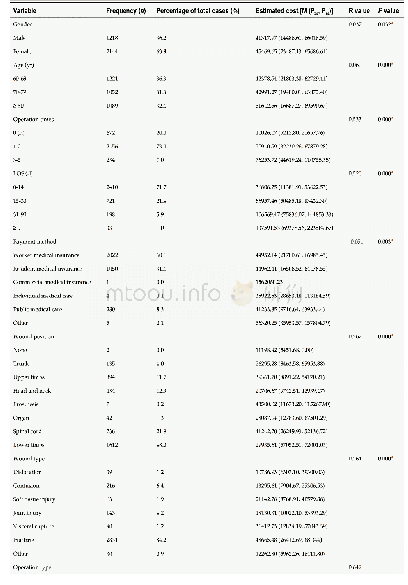《Table 3 Univariate analysis of the lubricants data》
 提示:宽带有限、当前游客访问压缩模式
提示:宽带有限、当前游客访问压缩模式
本系列图表出处文件名:随高清版一同展现
《Genetic Function Approximation Based QSPR Models for Predicting the Wetting Ability of Lubricants onto Rolled Copper Foil Surface》
The wetting performance of the lubricants onto the RCF surface measured by the goniometer tests and their experimental errors after a series of the same tests is given in Table 1.The contact angle is conventionally measured through the liquid,in which a liquid/vapor interface meets a solid surface.It quantifies the wettability of a solid surface by a liquid via the Young equation.It can be seen from Table 1 that various types of additives and polar groups of molecules exhibit markedly different properties arising from collisions between neighboring particles in a fluid.As for the same types of additives,it is observed that the viscosity increases with the hydrocarbon chain length and can thereby lead to the reduction of contact angle at the same time.The wetting behavior of lubricants onto the RCF surface is affected by interfacial tension as well as by viscosity.Droplets are formed when the viscous drag acting on the dispersed phase by the continuous phase overcomes the interfacial surface tension of the fluid pair,or when the dispersed fluid is able to fill and plug the continuous channel causing a pressure differential to occur,which then causes the plug to shear off and form a droplet[21].
| 图表编号 | XD0011303900 严禁用于非法目的 |
|---|---|
| 绘制时间 | 2018.06.30 |
| 作者 | Xiong Sang、Sun Jianlin |
| 绘制单位 | College of Materials Engineering,Nanjing Institute of Technology、Jiangsu Key Laboratory of Advanced Structural Materials and Application Technology、School of Materials Science and Engineering,University of Science and Technology Beijing |
| 更多格式 | 高清、无水印(增值服务) |





